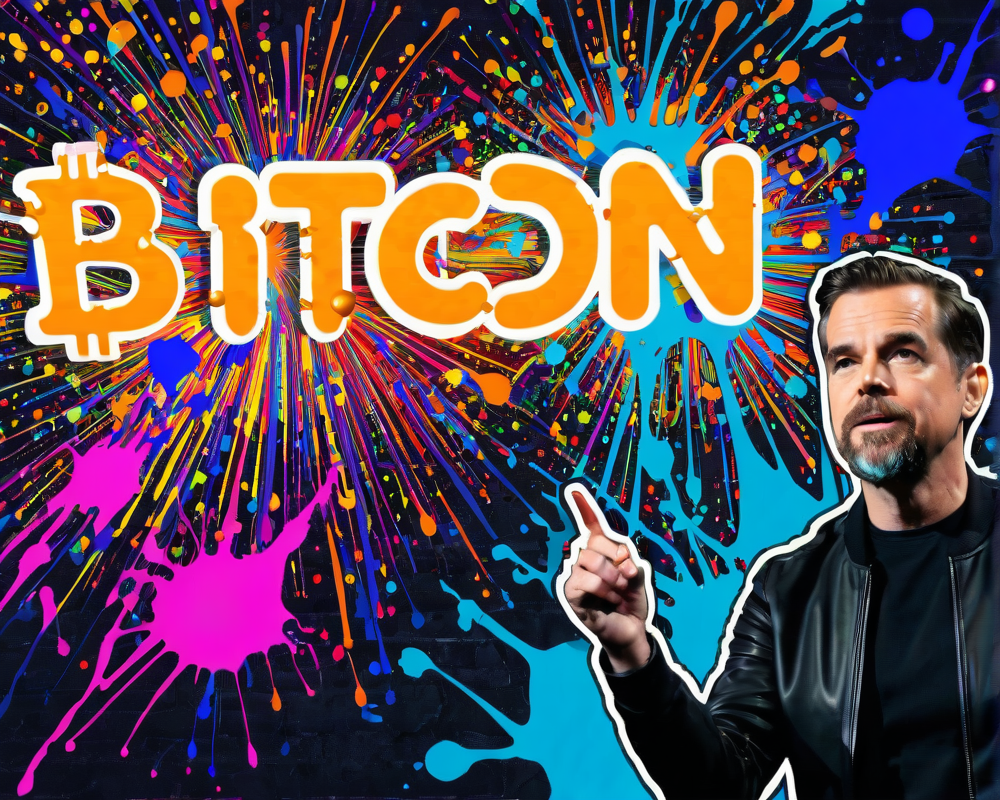The Hidden Value of Online Contributions
Every time you tweet about your lunch or post that perfect selfie with squirrel photobombing in the background, you may not realize it, but you’re creating real value for certain tech giants. Yes, those likes and shares you get may seem flattering, but they’re also building the online empires of Silicon Valley billionaires. It’s like you’re giving them all the delicious ingredients for their grand buffet without even getting a slice of cake in return.
Attention Economy: The Meme in Motion
British biologist Richard Dawkins raised a point that feels like a philosophical riddle: why do you spend countless hours curating the coolest Instagram feed? It’s not just for the joy of sharing your handsome face (though, let’s be honest, that plays a role). It’s about chasing recognition from fellow humans. Some thrive off this digital applause, while others, well, they just want to ensure their cat photos get the likes they truly deserve.
The Promise of New Models: Enter Steemit
Steemit, a fresh player in the realm of blogging and social networking, aims to shake things up like a snow globe. Unlike traditional platforms, it throws in a wild card — compensation. The platform rewards users with cryptocurrency based on the popularity of their contributions. It’s like tipping your waiter, but instead, they’re dishing out virtual coins for your witty musings instead of your choice of fried appetizers. What a time to be alive!
How It Works: Mining and Reward Mechanisms
Like every economic entity, Steemit also faces critical questions about resource allocation. How does mining fit into their ecosystem? What’s to prevent inflation from raining on their parade? If Shane’s post about his dog’s first haircut becomes more valuable than the very roof over his head, what’s next?
- Decide on mining processes
- Maintain fair compensation rates
- Adjust for inflation and demand
The questions are genuine and the challenges are many, but the attempt to offer real rewards for engagement sets Steemit apart from its predecessors. Who knew cat pictures could fund a new economy?
Innovative Thinking: Paying for Information
Imagine using a search engine that compensates you for queries. You type a few words and, voilà, you get paid — not just in knowledge, but in cold hard cash (or an equivalent). Sounds like the fanciful dreams of a market researcher, right? Complete financial lunacy, or maybe just what we need to kickstart innovation?
Linking Dreams to Reality
Consider this: online startups could attract users, and in turn, valuable data, by offering compensatory structures similar to how PayPal once handed out $25 just to try out their service. This could ensure that the information capital needed for competitive entry is readily available. It’s essentially ‘you scratch my back, I scratch yours’ on a massive scale — without all the pesky germs.
A Bright Future for the Online Workforce?
With countless people finding traditional employment increasingly elusive, creating micro-income opportunities could be a lifeline in a rapidly evolving digital economy. If we can start recognizing the value individuals add through their online contributions, perhaps those valuable hearts and thumbs-ups could pay off in a way that finally rewards users for their time and effort.
One thing is for certain: our digital contributions will only grow in importance and value. So, as you post that picture of your poodle dressed up as a hot dog, know that the future could be brighter — and financially rewarding!




